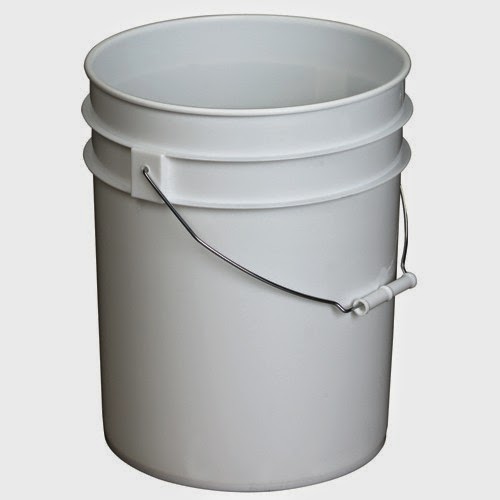Preparation:
By applying oil-based primer to walls, this will protect walls from moisture and make future stripping easier. Once primer has dried, lightly sand walls. Next, paint sizing on walls with a roller and brush so paste can adhere. A color tint will appear to show an even coverage. Use a level to draw a vertical line from the ceiling to the floor starting 8 inches from the corner. Then draw vertical lines from the ceiling to the floor one width of the roll of wallpaper. Next measure the height from the baseboard to the ceiling. Mark off this distance plus 4 to 5 inches on the first strip of wallpaper. Cut the first strip to the correct length. Increase the length of subsequent strips as necessary to match patterns. Apply paste to the first strip of wallpaper, starting from the top. There should be an arrow to indicate which end is up, if not turn strip over to face side to check the pattern. Now double over (fold) about 1/6 of the paper's length from one end so the paste side is touching. NOTE: Don't crease the fold or it will show when the paper is hung. From the other end, fold over about half of the remaining length, almost touching the top and bottom edges. TIP: This called "booking"
Wallpaper Hanging Steps:
Drape paper over your arm and take it to your starting wall. Apply the top of the wallpaper about 1-1/2 to 2 inches over the ceiling line. Allow the overage to extend onto the ceiling, unfurl the top section, holding the right edge against your vertical line and press into place. Next, using a wallpaper brush, brush paper to stick to the wall and push out air bubbles. Working from top to bottom and from the center to the sides. Now unfold the bottom half, holding it along the vertical line, press and brush quickly!The may become dry and the air bubbles will be harder to be removed. Next, press the blade of your spackle knife into the ceiling joint to crease the paper. Then cut off the excess paper along the crease with a utility knife, using spackle knife as a straight edge and wipe off excess paste. Brush strip of wallpaper again and cut excess paper at the bottom, using spackle knife as a straight edge. Position subsequent strip on the wall about 1/4 inch away, then slide it gently into place. If paper doesn't slide easily , gently lift paper and re-position it and then brush. Once the wallpaper has been up for 15 minutes, press the seams firmly with a roller and wipe off excess paste with a lint-free rag.
Tools and Materials Needed:




By applying oil-based primer to walls, this will protect walls from moisture and make future stripping easier. Once primer has dried, lightly sand walls. Next, paint sizing on walls with a roller and brush so paste can adhere. A color tint will appear to show an even coverage. Use a level to draw a vertical line from the ceiling to the floor starting 8 inches from the corner. Then draw vertical lines from the ceiling to the floor one width of the roll of wallpaper. Next measure the height from the baseboard to the ceiling. Mark off this distance plus 4 to 5 inches on the first strip of wallpaper. Cut the first strip to the correct length. Increase the length of subsequent strips as necessary to match patterns. Apply paste to the first strip of wallpaper, starting from the top. There should be an arrow to indicate which end is up, if not turn strip over to face side to check the pattern. Now double over (fold) about 1/6 of the paper's length from one end so the paste side is touching. NOTE: Don't crease the fold or it will show when the paper is hung. From the other end, fold over about half of the remaining length, almost touching the top and bottom edges. TIP: This called "booking"
Wallpaper Hanging Steps:
Drape paper over your arm and take it to your starting wall. Apply the top of the wallpaper about 1-1/2 to 2 inches over the ceiling line. Allow the overage to extend onto the ceiling, unfurl the top section, holding the right edge against your vertical line and press into place. Next, using a wallpaper brush, brush paper to stick to the wall and push out air bubbles. Working from top to bottom and from the center to the sides. Now unfold the bottom half, holding it along the vertical line, press and brush quickly!The may become dry and the air bubbles will be harder to be removed. Next, press the blade of your spackle knife into the ceiling joint to crease the paper. Then cut off the excess paper along the crease with a utility knife, using spackle knife as a straight edge and wipe off excess paste. Brush strip of wallpaper again and cut excess paper at the bottom, using spackle knife as a straight edge. Position subsequent strip on the wall about 1/4 inch away, then slide it gently into place. If paper doesn't slide easily , gently lift paper and re-position it and then brush. Once the wallpaper has been up for 15 minutes, press the seams firmly with a roller and wipe off excess paste with a lint-free rag.
Tools and Materials Needed:



















.jpg)
No comments:
Post a Comment